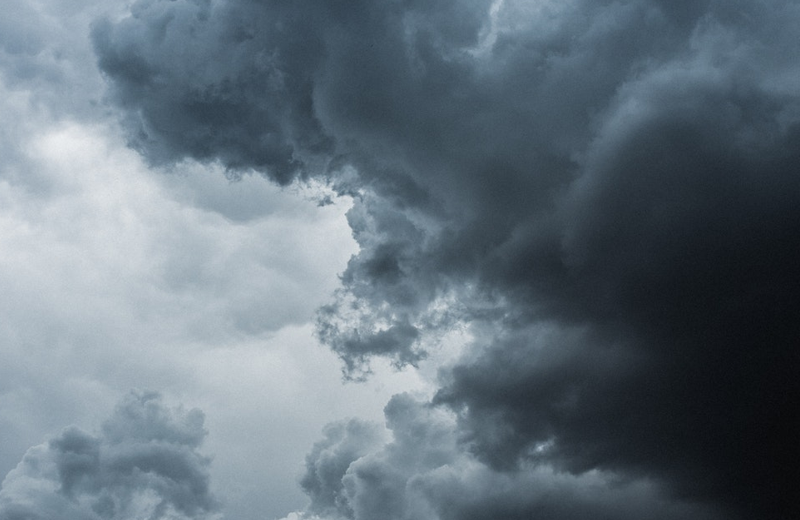Grilling Safety Tips for 2019
Grilling safety tips for 2019
One of the greatest things about summer is more time spent outdoors. This includes outdoor grilling and cooking. However, every year there are reports of damage to both people and homes from grilling accidents. Below is a list of some safety tips that will ensure you have a safe and accident free summer.
All grills, including propane, charcoal and electric, in addition to gas fryers, should always be used outdoors and away from any structures, trees or any other items that could ignite due to the high heat output.
Never leave a grill unattended. Most people report that they only left the grill for a moment, but it only takes seconds for a disaster to happen.
Keep your grill clean. Remove any leaves or other debris that may find its way into your grill. Empty all grease traps frequently and clean your bottom tray. Grease fires are caused by excessive grease build up and are easily preventable.
When starting a charcoal grill, never use gasoline, but instead use charcoal grill starter fluid. Never use more than the recommended amount listed in the instructions. Using too much starter fluid can cause a flame up and injure people and structures. If you use an electric starter, make sure to use a UL approved extension cord that is rated for the wattage of the starter you are using. Overloading your electrical system can cause damage to your homes’ electrical wiring. Use caution, as electrical starters can stay hot enough to start a fire long after they have been unplugged.
When started propane grills, always inspect for damage to gas lines. If you smell gas, never start your grill. If you suspect a leak, spray soapy water on the line and if a leak is present, you will see bubbles form at the location of the leak. Have your grill serviced by a professional and never attempt to fix a grills’ gas line yourself.
Follow these simple precautions to ensure a fun and safe summer for you and your family.




